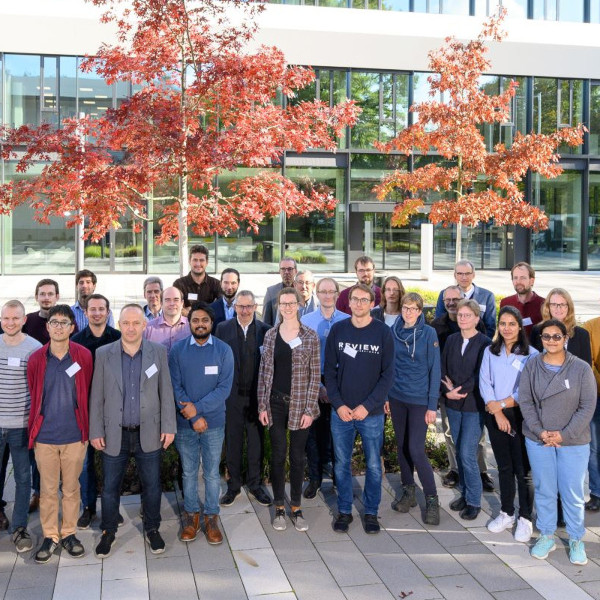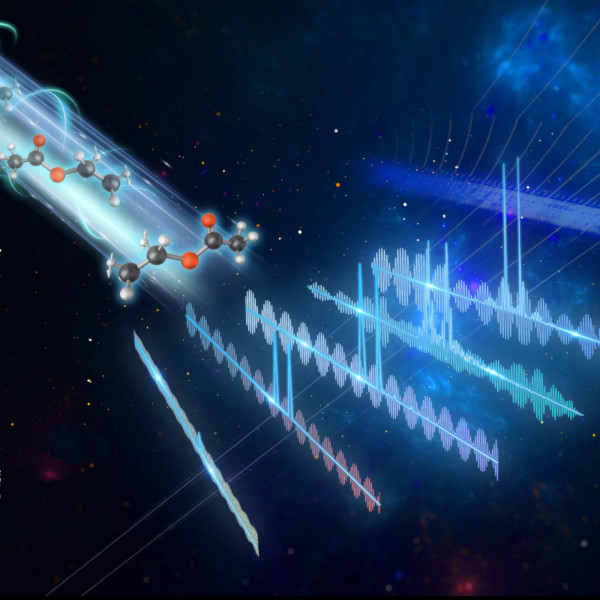Dr. Sören Lehmkuhl [Contact]
Welcome
… to the homepage of the hyperpolarization research group. We develop hyperpolarization techniques for NMR and MRI to yield new analytical tools and sensors for applications in chemistry, medicine and material science.
Our research contributes to the research program 3: "Materials Systems Engineering" (MSE), Topic 5: "Materials Information Discovery", in the research field „Information“ as defined by the Helmholtz Association. Link to MSE website.

Research
Our research focuses on Nuclear Magnetic Resonance spectroscopy (NMR) and imaging (MRI). To increase sensitivity, we employ hyperpolarization techniques based on parahydrogen. Within seconds, signals are generated that are many orders of magnitude higher than those afforded in standard NMR and MRI.
Can Parahydrogen Hyperpolarization help in medical diagnosis?
To treat diseases, reliable diagnosis is imperative. This is especially the case for rapidly progressing diseases, where delayed (or even false) diagnosis can lead to incorrect treatment plans or disease progressing beyond treatability. However, in early disease stages, the concentration of indicative biomarkers (e.g. metabolites) is very low, and only rises once the disease has advanced significantly. Many current diagnostic methods are not specific enough or take too much time. We develop spectroscopic methods to detect diseases in body fluids (such as urine) as well as molecular contrast agents aimed towards imaging applications.
The RASER approach allows for unprecedented precision
In our lab, we investigate the RASER phenomenon (RASER = Radiofrequency Amplification by Stimulated Emission of Radiation). Just like its brother the laser, a RASER is based on stimulated emission, but with radio waves instead of light. We develop RASER-based measurement schemes that can improve the resolution in NMR spectroscopy and imaging. On top of that, we study the underlying nonlinear dynamics of the RASER, including regimes that contain chaotic behavior.

Dr. Emil Mamleyev is an experienced Material Scientist that joins the team as a PostDoc. He will develop miniaturized hardware for our magnetic resonance systems with a specific focus on hardware tailed to RASER experiments. This will allow us to enhance our NMR experiments by applying RASER-based detection.
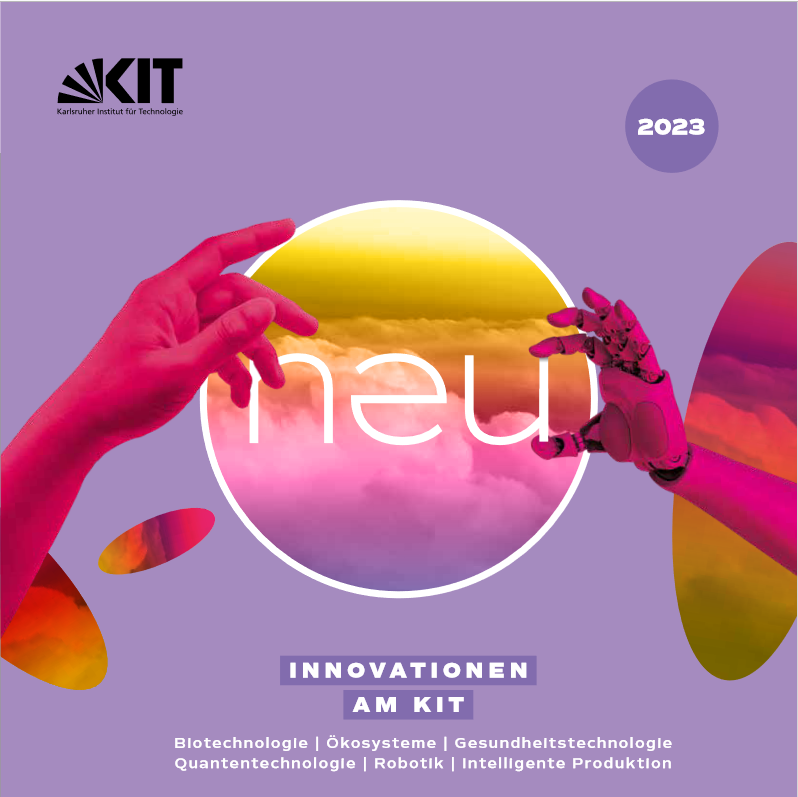
The KIT Neuland magazine sheds light on exciting new innovations at KIT every year. Check out the 2023 edition to learn about our research in the article “revolutionärer Spin” (in German). Link to Neuland.

In her Masters‘ thesis, Elene investigates candidates for water soluble SABRE catalysts, as opposed to the current methanol-based techniques. This would make SABRE much more environmentally friendly and be a huge step towards biocompatibility.
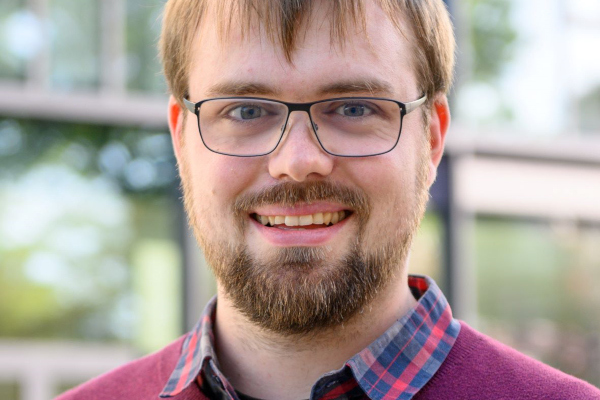
The DFG has awarded Sören Lehmkuhl with an Emmy Noether Independant Junior Research group. The central research goal will be to develop a new sensor based on the RASER approach.
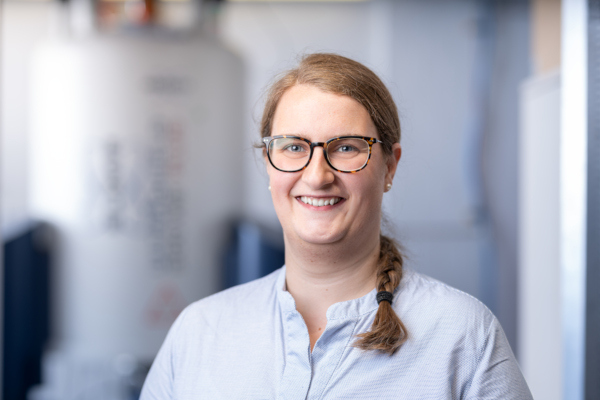
Equipped with a M.Sc. degree in Chemistry from the University of Stuttgart Jakoba joins the team as a new PhD student. As an experienced synthetic chemist, she will work on new molecular contrast agents for MRI as well as develop new routes to maximise their polarization.
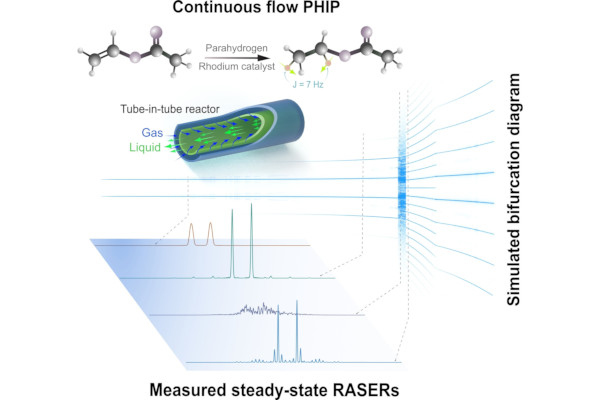
Our newest contribution in ChemPhysChem shows the feasibility of an ALTADENA PHIP RASER as a tool to investigate chaos and nonlinear dynamics using a benchtop setup and sheds light on nonlinear dynamics of the NMR RASER. Link to Publication.
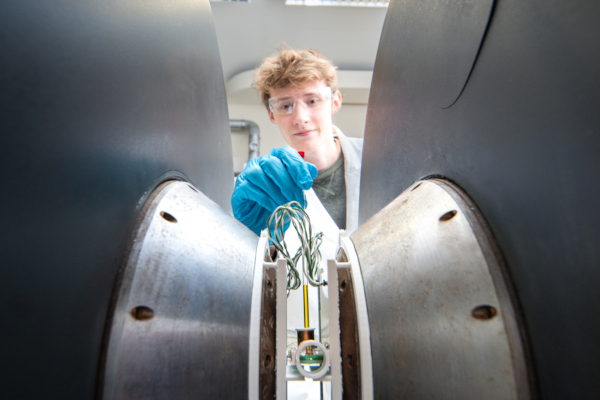
Over the past four months, Leon has designed and built a custom detector and shimset for our EPR magnet enabling many new applications. We are excited about his excellent work and congratulate to a great bachelor thesis: Congratulations Leon!
